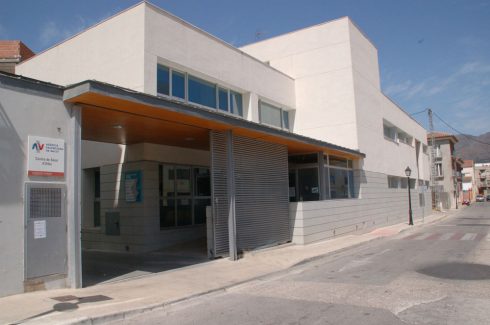The state of Mar Menor lagoon is better than at the end of last summer, according to the Mar Menor Scientific Committee.
That’s despite fears that heavy spring rain combined with summer heatwaves would bring new pollution problems to the lagoon.
Speaking on Friday, committee spokesman Emilio Maria Dolores said that water analysis revealed the best August figures since 2016.
He stated that the removal of algae and mud were one of the main reasons behind the improvement in the lagoon’s ecosystem but cautioned that it was still in a delicate state.
“We have removed a lot of phosphorus through these eliminated algae and it has helped improve the lagoon,” explained Emilio Maria Dolores.
He highlighted that the Mar Menor was also better prepared than it was a few months ago to face a possible ‘Gota Fria’ storm in the autumn.
“It’s resilience capacity is greater, “ he observed.
Water clarity levels have improved while the amount of chlorophyll has dropped, which is good for marine life.
That’s down to lower nutrients rates due to the predatory activity of zooplankton, which feeds on phytoplankton.
READ MORE:
- Temperature hits record high in polluted Mar Menor lagoon in Spain
- ‘Green soup’: Campaigners launch petition demanding clean up of Spain’s Mar Menor
- Dead fish return to Mar Menor lagoon shore as gloomy predictions become reality in Spain’s Murcia region
Click here to read more Mar Menor News from The Olive Press.








